Table of Content
- Why the Bengaluru Yellow Metro Line Matters
- Key Facts at a Glance:
- Bengaluru Yellow Line Metro Route Overview:
- List of Bengaluru Yellow Line Metro Stations and Local Significance
- Fares and Ticketing Details:
- Operating Hours and Frequency
- Impact on Traffic and Economy
- Phase 3 Metro Expansion Announced
- Commuter Experience and Future Enhancements:
- Conclusion:
Bengaluru, often referred to as India’s Silicon Valley, has taken a monumental step towards easing its notorious traffic congestion with the inauguration of the Bengaluru Yellow Metro Line. On Sunday, 10 August 2025, Prime Minister Narendra Modi flagged off this crucial corridor of Namma Metro, marking a significant milestone in the city’s public transport evolution.
Stretching 19.15 kilometres from Rashtriya Vidyalaya Road (RV Road) in South Bengaluru to Bommasandra in the east, the Bengaluru Yellow Metro Line comprises 16 fully elevated stations. Built at an estimated cost of ₹5,057 crore, the project promises faster, more reliable, and environmentally friendly connectivity to the city’s IT corridors, residential areas, and industrial hubs.
This launch also signifies a critical expansion under BMRCL’s Phase 2 of the metro network, pushing Bengaluru’s operational metro coverage to almost 96 kilometres.
Why the Bengaluru Yellow Metro Line Matters
For years, commuters travelling along the Hosur Road–Silk Board–Electronic City stretch have endured long travel times due to heavy congestion. The Bengaluru Yellow Metro Line offers an alternative that is not only faster but also predictable, reducing dependence on private vehicles and buses.
Key benefits include:
- Shorter travel times – Potentially cutting commute durations by up to 60% for some routes
- Direct access to major employment hubs like Electronic City and HSR Layout
- Improved reliability – Frequent services from early morning to late night.
- Environmental sustainability – Reduced carbon emissions by encouraging public transport use
Also Read: Karnataka Government Notifies Revised Setback Rules for Buildings in Bengaluru
Key Facts at a Glance:
|
Details |
Information |
|
Total Length |
19.15 km |
|
Total Stations |
16 (all elevated) |
|
Project Cost |
₹5,057 crore |
|
Inauguration Date |
10 August 2025 |
|
Commercial Operations Start |
11 August 2025 |
|
Operating Hours |
5:00 AM to 11:00 PM |
|
Initial Train Frequency |
Every 25 minutes (target 20 minutes as more trains are added) |
|
Fare Range |
₹10 – ₹90 |
|
Projected Daily Ridership |
Up to 8 lakh passengers |
|
Major Interchanges |
Green Line (RV Road), Pink Line in future (Jayadeva Hospital) |
Bengaluru Yellow Line Metro Route Overview:
The Bengaluru Yellow Metro Line route map runs from RV Road to Bommasandra, cutting across a variety of high-density residential neighbourhoods, educational institutions, healthcare hubs, IT corridors, and manufacturing clusters.
Notable areas served:
- RV Road – Connecting South Bengaluru and the Green Line
- Silk Board Junction – One of the most congested intersections in the city
- HSR Layout – Residential and startup hub
- Electronic City – Global IT and corporate offices
- Bommasandra – Industrial and manufacturing zone
This combination of destinations makes the Bengaluru Yellow Metro Line one of the most strategically important stretches in the entire Namma Metro network.
List of Bengaluru Yellow Line Metro Stations and Local Significance
|
Station Name |
Primary Purpose |
Notable Features & Connectivity |
|
RV Road |
Interchange Hub |
Links with Green Line; gateway to South Bengaluru |
|
Ragigudda |
Residential Access |
Serves JP Nagar neighbourhoods; local shopping areas |
|
Jayadeva Hospital |
Healthcare & Interchange (Future) |
Tallest metro station; future Pink Line link |
|
BTM Layout |
Mixed-Use Commuting |
Direct access to Silk Board and commercial zones |
|
Central Silk Board |
Major Transit Node |
Key junction for IT corridor and bus connectivity |
|
HSR Layout |
Premium Residential & Start-up Hub |
Close to co-working spaces and tech firms |
|
Oxford College |
Education Access |
Serves Oxford College campus and nearby schools |
|
Hongasandra |
Residential Catchment |
Connects Bommanahalli and local housing areas |
|
Kudlu Gate |
Industrial Workforce |
Easy Hosur Road access; industrial clusters nearby |
|
Singasandra |
Mixed Commercial & Residential |
Proximity to tech parks and housing projects |
|
Hosa Road |
Developing Residential Zone |
Access to IT offices and new residential projects |
|
Electronic City-I |
IT Corridor – Phase 1 |
Serves tech companies; Phase 1 of E-City |
|
Konappana Agrahara |
IT Corridor – Phase 2 |
Infosys campus and corporate offices |
|
Huskur Road |
Industrial Belt |
Factories, warehouses, and logistics hubs |
|
Hebbagodi |
Mixed Residential & Industrial |
Link to Jigani industrial area |
|
Bommasandra |
Terminal Industrial Hub |
Large manufacturing and industrial zone |
Fares and Ticketing Details:
The Bengaluru Metro Yellow Line fare structure remains consistent with existing Namma Metro lines:
- Minimum fare: ₹10
- Maximum fare: ₹90
- Smart cards: Available for faster entry and reduced fares
- Digital payments: QR ticketing and mobile app-based bookings are supported
- Paper tickets: Available at station counters and vending machines
Operating Hours and Frequency
To cater to the city’s diverse commuting needs, the Bengaluru Yellow Line Metro timings are as follows:
- First train: 5:00 AM from both RV Road and Bommasandra
- Last train: 11:00 PM
- Initial frequency: 25 minutes, improving to 20 minutes as more train sets are introduced
Three driverless train sets will operate initially, with the fleet expected to expand by the end of the month.
Impact on Traffic and Economy
The Bengaluru Yellow Metro Line is expected to transform the way Bengaluru travels in several ways:
Traffic Decongestion – The Hosur Road corridor, particularly Silk Board, will see reduced congestion as commuters opt for faster metro travel instead of personal vehicles.
Real Estate Growth – Properties near stations, especially in HSR Layout, Electronic City, and Bommasandra, are likely to experience a rise in demand and value.
Economic Boost – Faster and more reliable transport links to IT parks, factories, and business centres will improve productivity and attract investments.
Environmental Benefits – More commuters using the metro means reduced air pollution and noise levels, contributing to a greener city.
Phase 3 Metro Expansion Announced
In the same event, Prime Minister Modi also laid the foundation stone for Phase 3 of Namma Metro, popularly referred to as the Orange Line.
Key features of Phase:
- Length: 44.65 km
- Stations: 31 new stations
- Estimated cost: ₹15,611 crore
- Completion target: 2029
This phase will further enhance the city’s metro coverage, expanding into underserved areas and strengthening overall network integration.
Commuter Experience and Future Enhancements:
In addition to improved connectivity, BMRCL is focusing on passenger convenience:
- Barrier free access at all stations for differently-abled passengers
- Real time train updates via the Namma Metro app
- Modern station amenities such as retail kiosks, seating areas, and clean washrooms
- Security CCTV surveillance and on-ground staff presence
Future enhancements may include higher frequency, airport line integration, and improved interchange hubs.
Key Points Recap:
- 19, 15 km Bengaluru Yellow Metro Line connects RV Road to Bommasandra
- 16 elevated stations serving residential, IT, and industrial hubs
- Cost- ₹5,057 crore inaugurated on 10 August 2025
- Fares- ₹10–₹90 smart card and QR ticket options available
- Operations- 5:00 AM-11:00 PM, every 25 minutes initially
- Interchanges- Green Line now, Pink Line in future
- Benefits- Traffic reduction, real estate growth, economic and environmental gains
Conclusion:
The Bengaluru Yellow Metro Line is more than a transport upgrade, it's a transformative step towards solving the city’s long-standing mobility challenges. By linking critical employment hubs, residential areas, and industrial clusters, it offers a fast, cost-effective, and eco-friendly alternative to road travel.
With commercial operations beginning on 11 August 2025, the Bengaluru Yellow Metro Line is set to become a daily lifeline for lakhs of commuters. Together with upcoming expansions under Phase 3, Bengaluru is moving steadily towards a fully integrated, modern, and sustainable urban transport network.
Also Read: Delhi NCR, Bengaluru Lead Housing Price Surge; 1BHK Demand Rises Amid Affordability

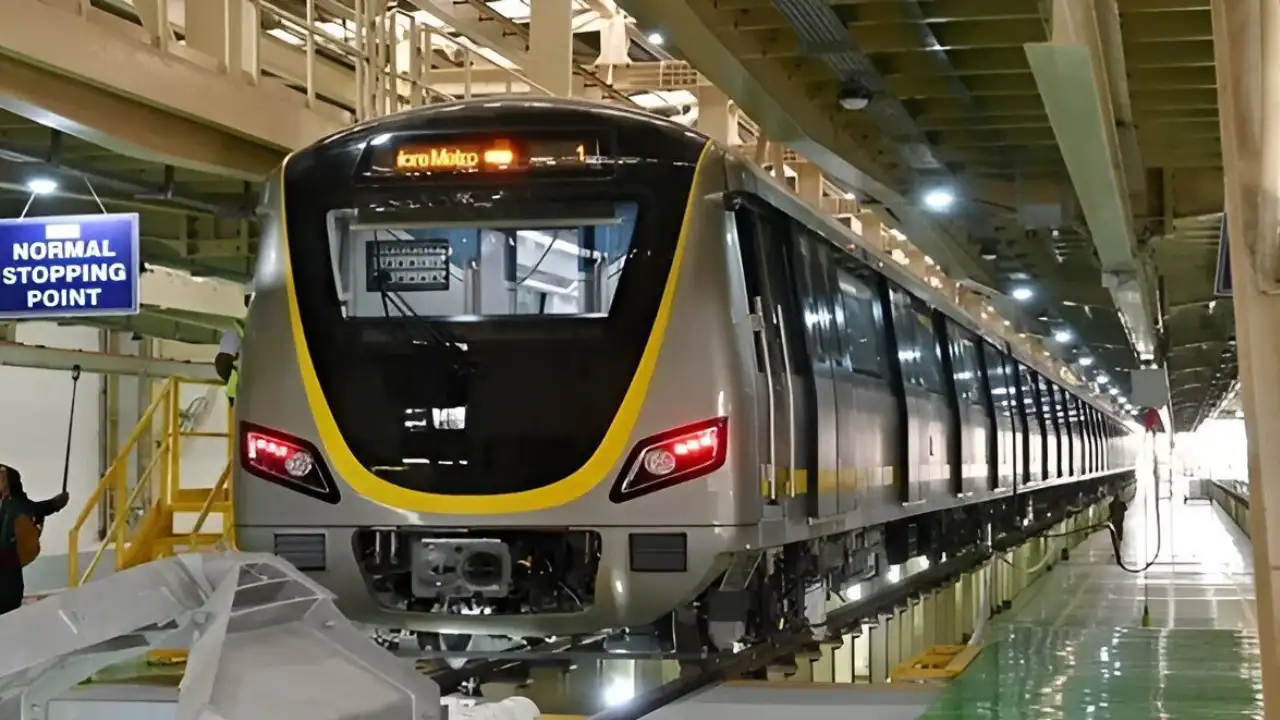
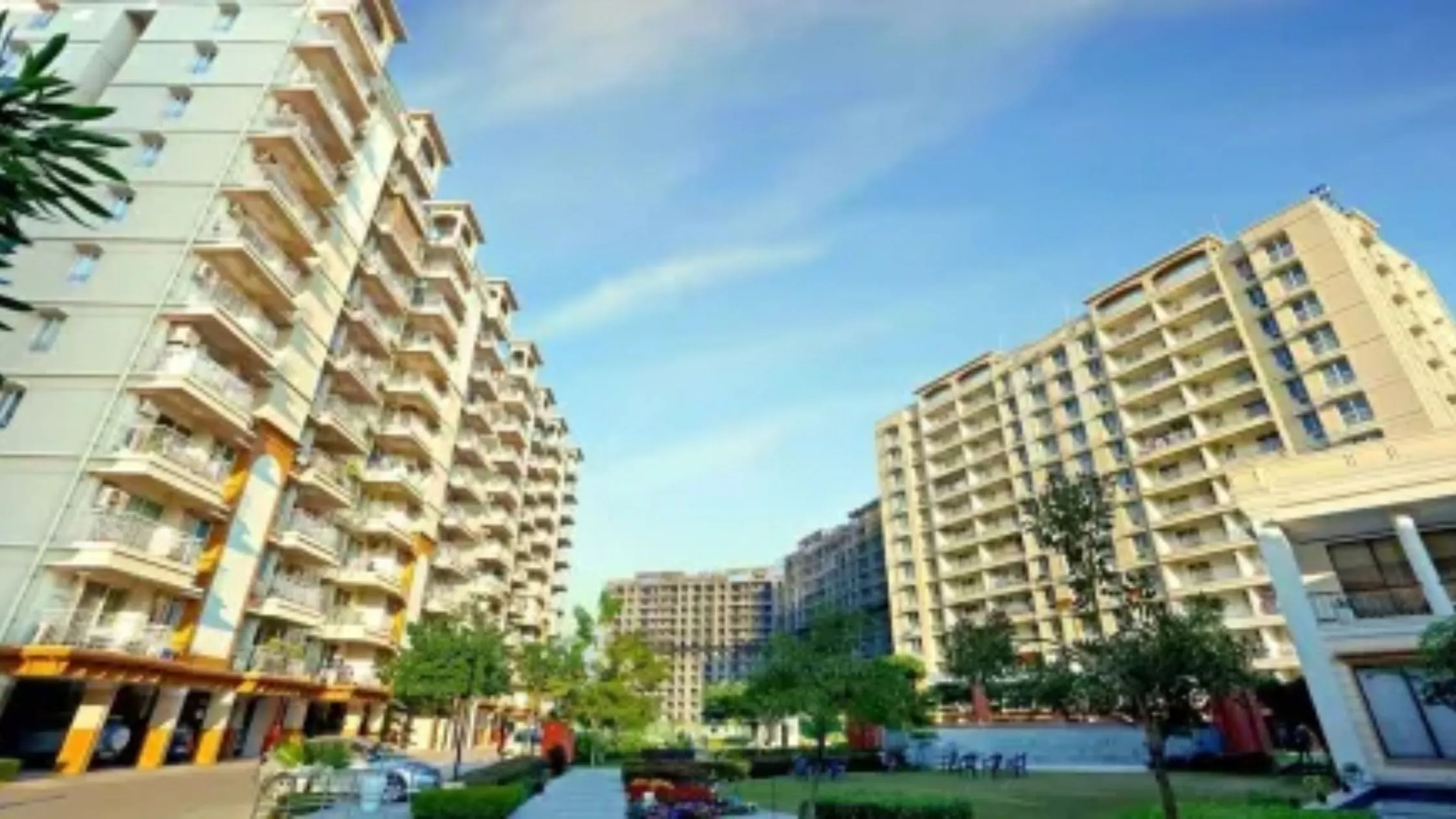
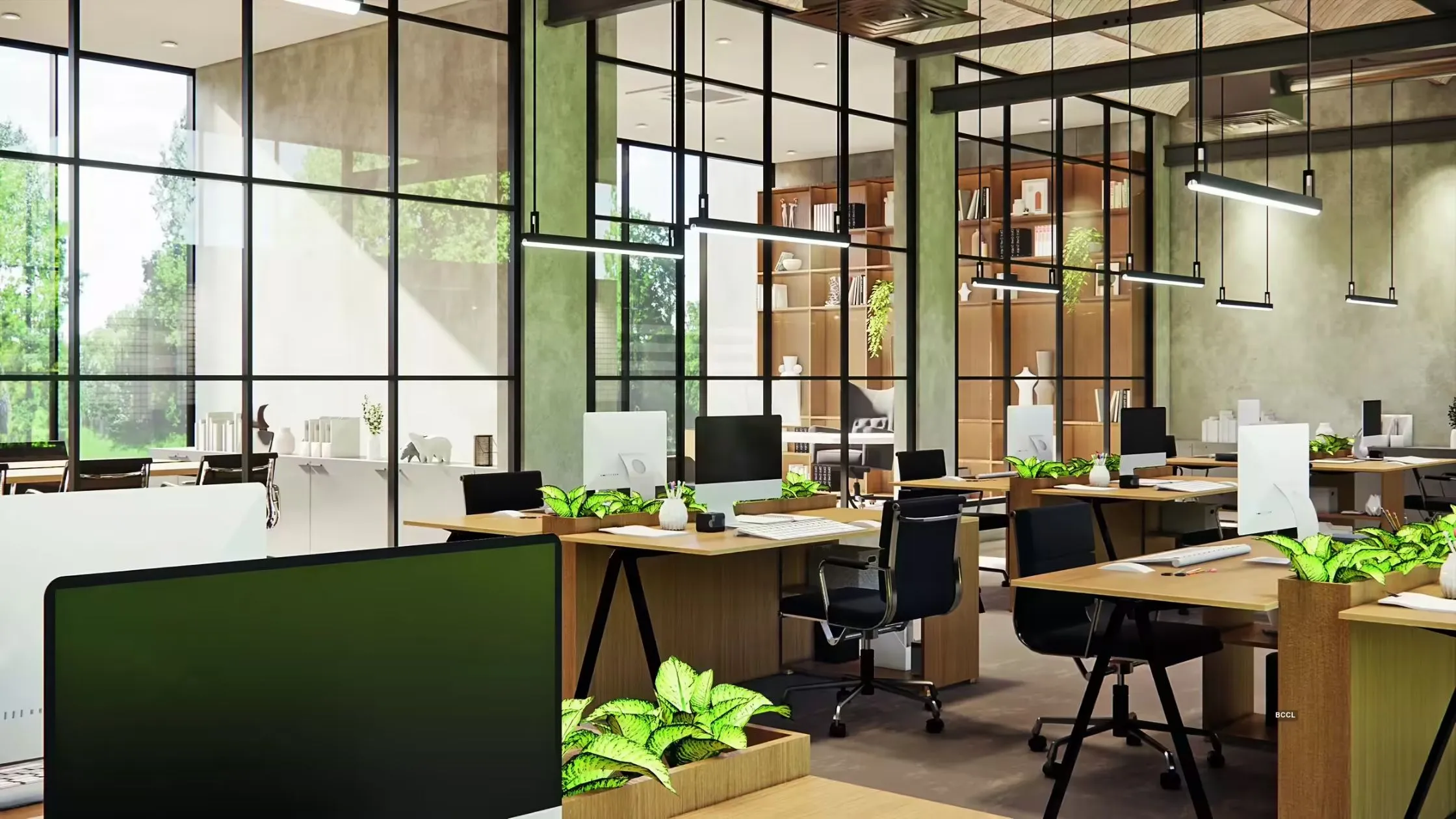
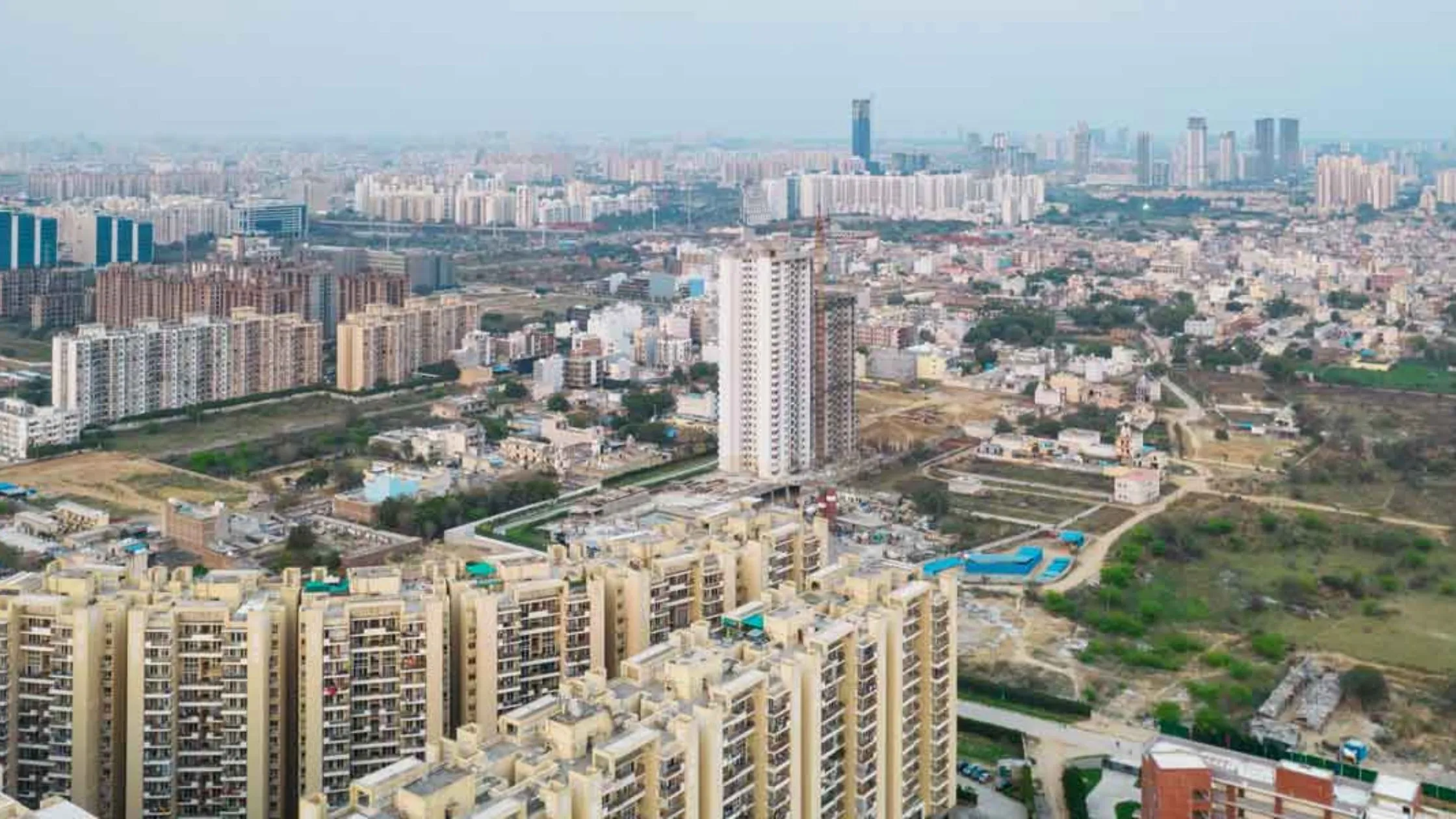
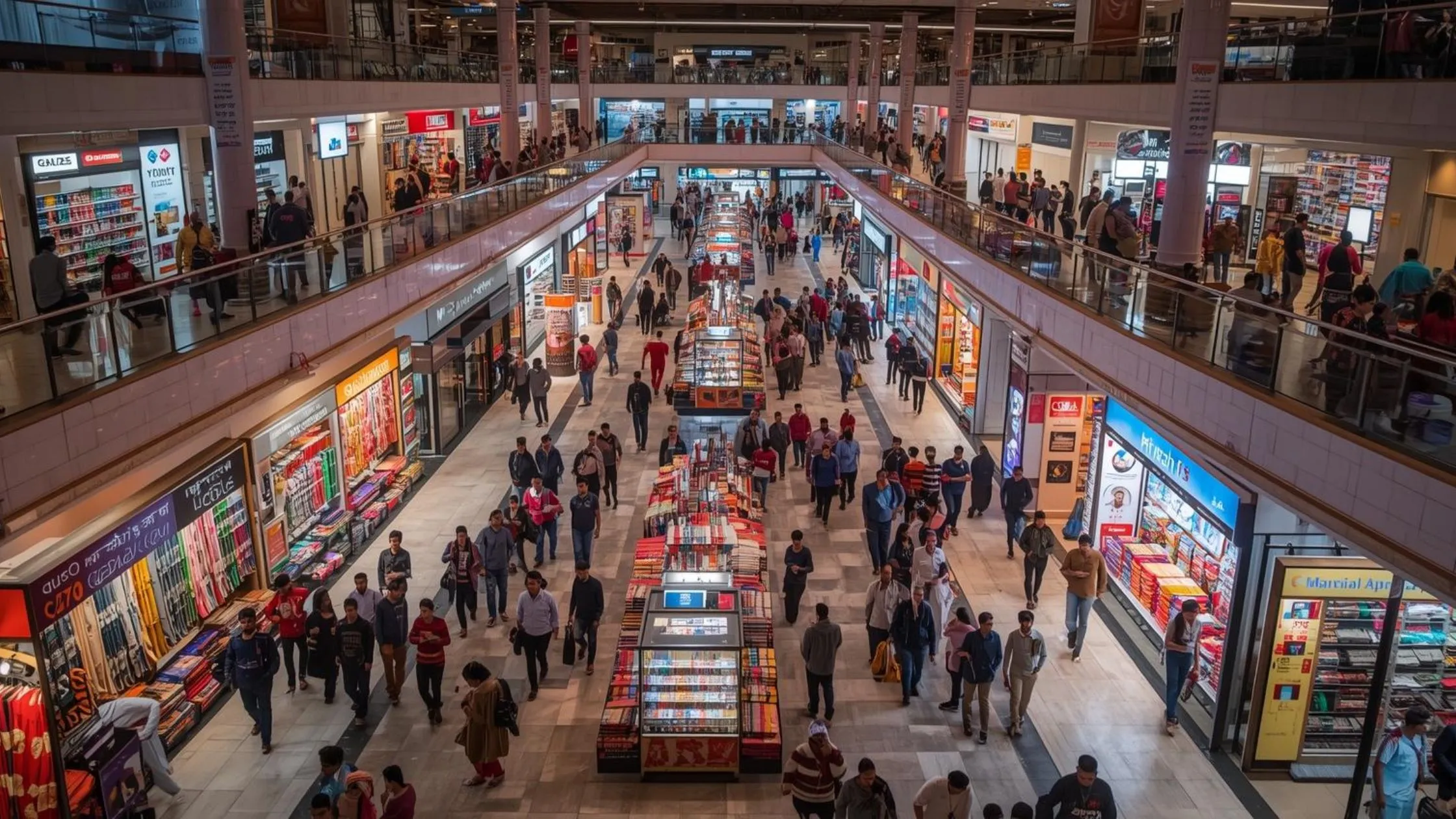


Ans 1. The Bengaluru Yellow Metro Line (also known as the R V Road - Bommasandra Line) connects R V Road to Bommasandra, significantly improving connectivity to Electronic City.
Ans 2. The Yellow Line is expected to be operational in 2024. Keep an eye on official Bangalore Metro Rail Corporation Limited (BMRCL) announcements for specific dates.
Ans 3. The Yellow Line has 16 stations, connecting key areas of Bengaluru.
Ans 4. The Yellow Line will interchange with the existing Green Line at R V Road station and the Blue Line at Central Silk Board.
Ans 5. The Yellow Line aims to significantly reduce travel time between RV Road and Bommasandra, potentially saving commuters up to 45 minutes.